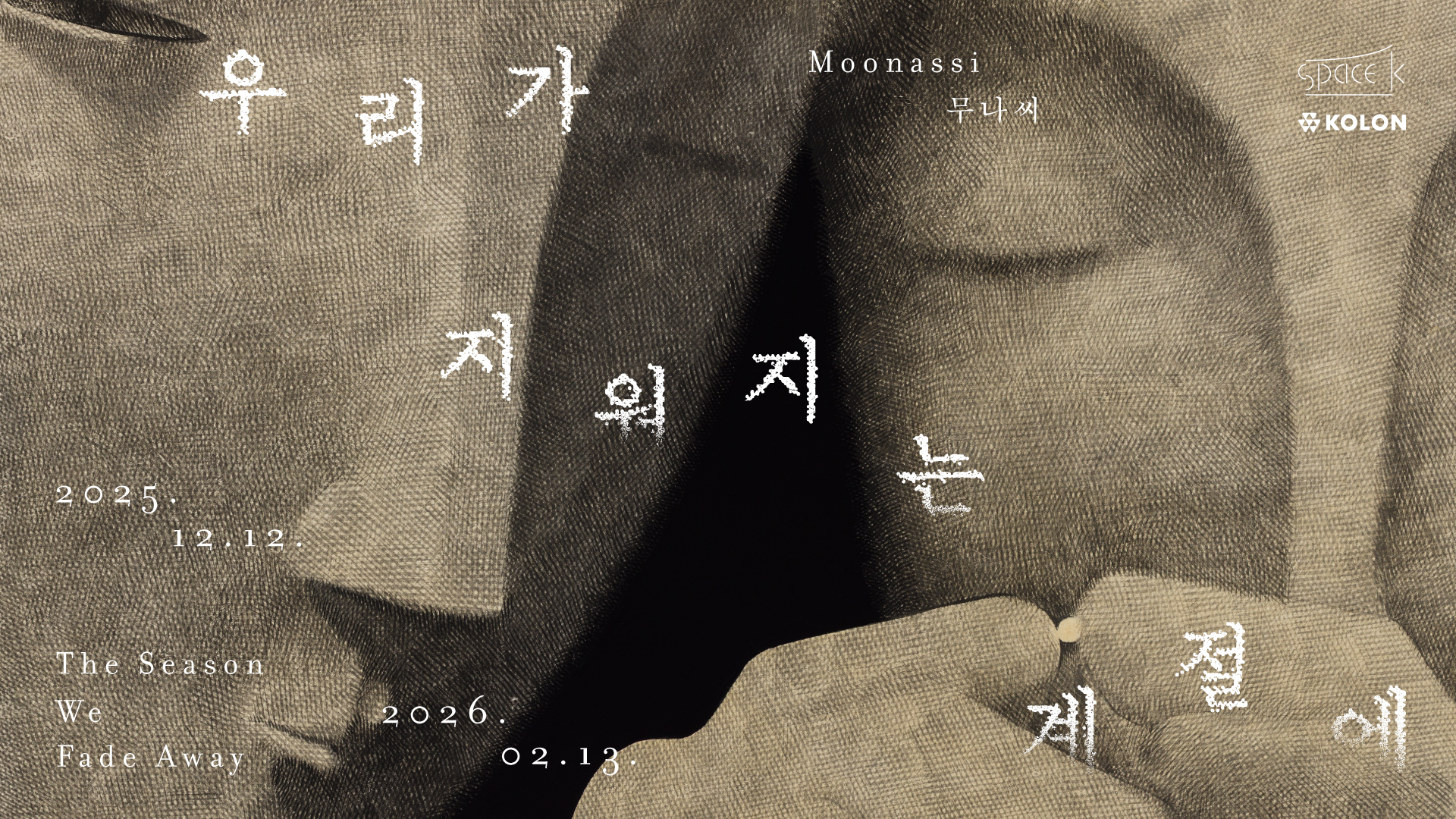내 눈에 상처를 준 유리가 열어준 또 하나의 세상
| [ARTICLES] ARTIST INSIDE 2022 | Sangmin Lee
ARTIST INSIDE 2022 | 이상민
내 눈에 상처를 준 유리가 열어준 또 하나의 세상
조각가 이상민은 10mm 두께의 유리판에 형상을 새긴다.
사실 그는 어린 시절 유리 파편에 눈을 다친 적이 있다.
수정체가 찢어지는 큰 사고로 시력에 문제가 생겼다.
초점을 맞추지 못해 운동조차 하지 못하던 소년이 미술을 전공하기까지 그만의 보는 법을 체화했다.
이제 그는 유리를 매개로 사물의 본질을 새기고자 한다.
몸에 새긴 고통으로 유리를 응시하는 그의 시선은 남다르다.
그가 유리에 새기고자 하는 본질이 관념적인 수사가 아닌 실체적인 이유다.

유리 파편에 눈을 다치고도 유리를 매체로 택한 사연이 있을까요?
프랑스 유학 시절 교수님의 권유가 계기가 됐어요. 사물의 물성에 대한 대화를 나누다가 어린 시절의 사고를 말했더니 오히려 유리를 권하셨죠. 유리의 물성을 감각으로 다뤄야 하는데, 이미 상처를 갖고 있으니 그 체화된 감각으로 유리를 연구해 보라는 주문으로 이해했어요. 현상학자인 메를로퐁티의 표현을 빌리면 본다는 건 몸의 지각이잖아요. 저는 온 몸의 감각으로 유리를 응시하는 셈입니다.

벽에 걸린 유리조각은 대중에게 생소합니다. 작업을 설명해 주세요.
유리판에 형상을 조각하고 그 표면을 연마합니다. 회화에서는 선과 색으로 형상을 만들어낸다면, 제가 하는 작업은 다이아몬드 사포로 유리 조각 표면을 깎아서 다양한 깊이로 형상을 만들어 내죠. 하지만 제가 만드는 형상은 가변적입니다. 색이 있는 것도 아니고요. 물질에서 비물질로 나아가는 작업이라고 할까요. 유리는 단지 매개체에 불과하고, 유리에 빛이 투과돼 여러 농도로 가시화되는 비물질적인 형상이 중요한 거죠.

투명한 유리 속 형상은 잡힐 듯 보이다 빛에 따라 이내 사라집니다. 비물질이라는 설명이 이해되는 한편 또 궁금해집니다. 예컨대 시시각각 달라지는 그릇 형상으로 어떻게 본질을 탐구할 수 있을까요?
10여 년 전인데 타이완의 고궁박물관에서 보았던 기물(器物)에서 엄청난 기운을 느꼈어요. 그 계기로 한국에서 박물관을 탐방하며 그릇을 연구했어요. 그런데 편의를 위해 분류하고 이름 붙인 청자 혹은 백자에서는 감동이 느껴지지 않았어요. 나를 집어삼킬 듯한 거대한 기운은 역사성이었고, 그 시간을 오롯이 담아 과거의 선조와 현재의 나를 연결시켜 준 그릇에 경이를 느꼈던 거였죠. “무엇을 중요하게 생각해야 하나?”라는 질문을 하게 됐어요. 연도와 이름들로 구분된 그릇이 아니라, 그 본질에 천착하고자 합니다.

유리에 선인장 형상을 새긴 작업은 어떻게 시작됐을까요?
팬데믹으로 작업실에 고립되면서 “나는 누구일까”라는 질문을 더 깊이 하게 됐어요. 유리의 물성, 그 강도와 싸우면서 매일 수천 번 유리를 연마했어요. 물이 없는 열악한 조건에서 자라는 선인장은 그런 나, 그리고 각자의 위치에서 어려움을 이겨내는 우리 모습이기도 해요. 선인장의 우아한 자태, 그 강인함을 함께 느껴주셨으면 하는 바람입니다.
강혜승 인터뷰, Kiaf 2022 카탈로그에 게재됨











